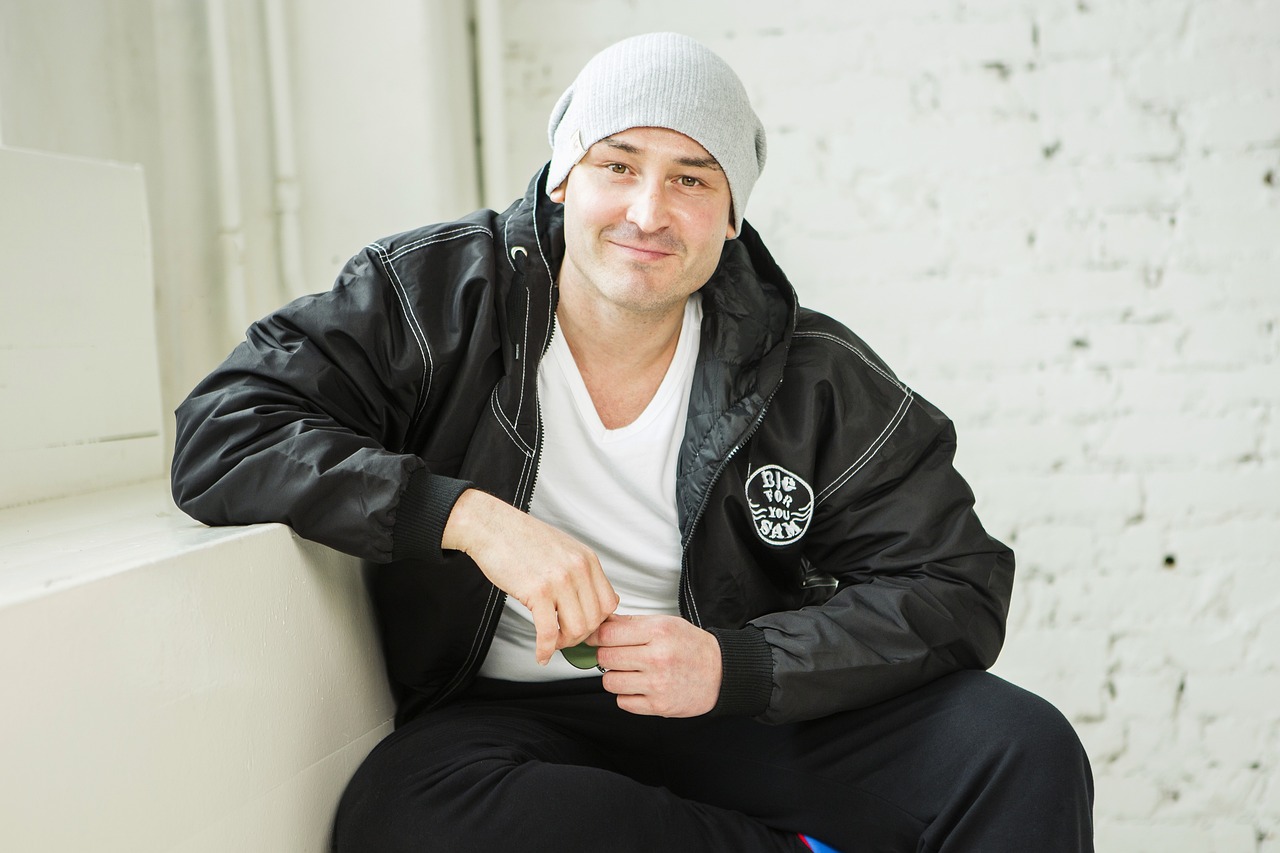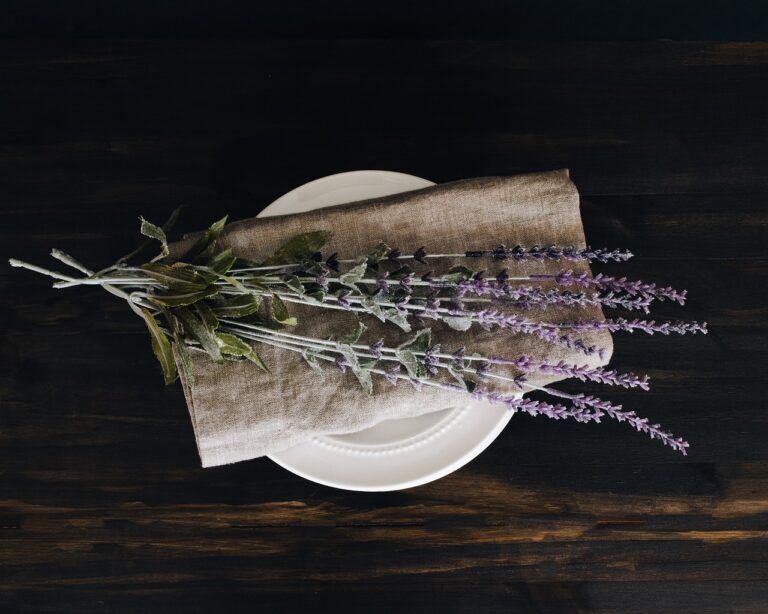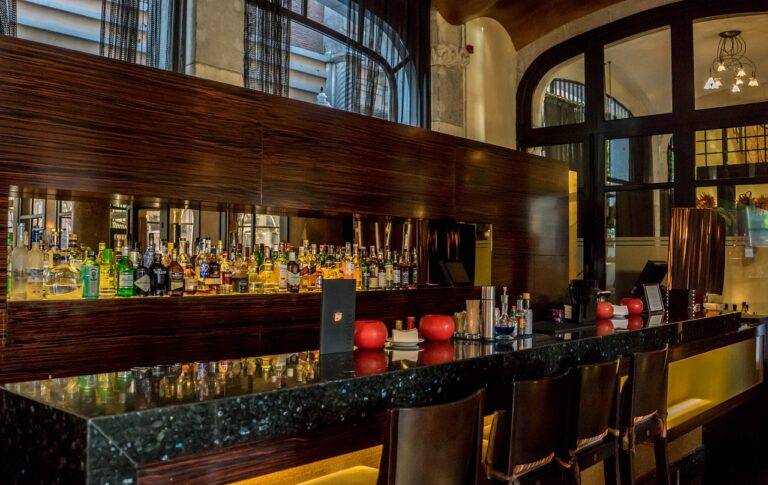The Appeal of Upcycled and Repurposed Fashion
Upcycled fashion is gaining popularity in the fashion industry for its innovative approach to sustainability and originality. With growing concerns about environmental impact and fast fashion’s contribution to waste, consumers are seeking alternative ways to express their style while reducing their carbon footprint. Upcycling offers a solution by repurposing materials that would have otherwise ended up in landfills, breathing new life into discarded fabrics and creating unique pieces that stand out from mass-produced clothing.
Moreover, the rise of upcycled fashion can be attributed to a shift in consumer mindset towards valuing individuality and embracing imperfections. Upcycled pieces often feature one-of-a-kind designs and quirky details that add character to an outfit, setting them apart from mainstream fashion. In a world saturated with cookie-cutter styles, upcycled fashion appeals to those looking to make a statement with their clothing choices and support a more sustainable approach to dressing.
• Upcycled fashion is gaining popularity in the fashion industry for its innovative approach to sustainability and originality.
• Consumers are seeking alternative ways to express their style while reducing their carbon footprint.
• Upcycling repurposes materials that would have otherwise ended up in landfills, creating unique pieces.
• The rise of upcycled fashion can be attributed to a shift in consumer mindset towards valuing individuality and embracing imperfections.
• Upcycled pieces often feature one-of-a-kind designs and quirky details that add character to an outfit.
Benefits of Repurposed Clothing
Repurposed clothing offers an environmentally friendly alternative to traditional fashion. By reusing materials and pieces that would otherwise go to waste, upcycled clothing helps reduce the impact on the environment caused by the fashion industry. This sustainable approach promotes recycling and minimizes the need for new resources to be used in the manufacturing of clothing.
Additionally, repurposed clothing often carries a unique charm and character that sets it apart from mass-produced garments. Each piece of upcycled fashion has its own story and history, adding a sense of personal connection and individuality to the wearer. Embracing repurposed clothing can be a way to showcase one’s creativity and support a more conscious approach to fashion consumption.
Unique Style of Upcycled Pieces
Upcycled fashion pieces offer a distinct aesthetic that sets them apart from mass-produced clothing items. Each upcycled piece carries a unique history and character due to the materials used in their creation. From vintage fabrics to repurposed denim, these garments often feature a one-of-a-kind combination of textures, colors, and patterns that cannot be replicated.
The creativity and craftsmanship involved in upcycling garments result in truly individualistic pieces that make a statement. Whether it’s a hand-sewn patchwork design or a creatively repurposed accessory, upcycled fashion allows for the expression of personal style in a sustainable way. Embracing upcycled pieces not only adds an element of originality to one’s wardrobe but also contributes to a more eco-conscious approach to fashion consumption.
What is upcycled fashion?
Upcycled fashion refers to clothing or accessories that have been created from pre-existing materials or garments that would otherwise be discarded.
Why is upcycled fashion trending?
Upcycled fashion is trending because of the growing interest in sustainable and eco-friendly practices. It allows for the reduction of waste and promotes creativity in fashion design.
What are some benefits of repurposed clothing?
Some benefits of repurposed clothing include reducing waste in landfills, promoting sustainability, and creating unique and one-of-a-kind pieces.
What makes the style of upcycled pieces unique?
The style of upcycled pieces is unique because each item is made from different materials, resulting in a one-of-a-kind look. Upcycled pieces often have a creative and eclectic aesthetic that sets them apart from mass-produced clothing.







